2009
Type of resources
Topics
Keywords
Contact for the resource
Provided by
Years
Formats
Representation types
Update frequencies
Scale
-
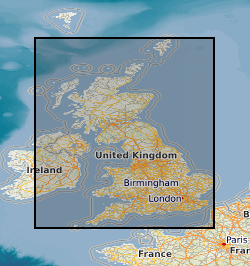
The BGS digital estimated urban soil chemistry data (GB_EstimatedUrbanSoilChemistry_v3) indicates the estimated geometric mean concentrations (mg kg-1) of Arsenic (As), Cadmium (Cd), Chromium (Cr), Nickel (Ni) and Lead (Pb) in topsoil derived by spatial interpolation of the point source urban soil chemistry data. The information is relevant for the first stage of any assessment of risks to human health required by regulatory authorities in relation to land use and also assessing ecological risks. Estimated topsoil PHE (Potentially Harmful Element) concentrations above respective SGVs (Soil Guideline Value) do not necessarily imply a significant health risk but they do highlight the need to consider whether or not there may be a risk. Comparison of this spatially referenced geochemical data set with information on current or historic land use and geological information might help environmental professionals decide whether high PHE concentrations in topsoils can be attributed to geogenic or anthropogenic sources. The dataset is based on, and limited to, an interpretation of the records in the possession of the BGS at the time the dataset was created. An indication of high estimated PHE concentrations in soil does not necessarily mean that an individual site will have a high PHE concentration. Topsoil concentrations in urban areas are frequently characterised by strong spatial variation over short distances so this data should be interpreted and used with caution. The original urban topsoil samples were collected and analysed as part of the BGS Geochemical Baseline Survey of the Environment (G-BASE) project.
-
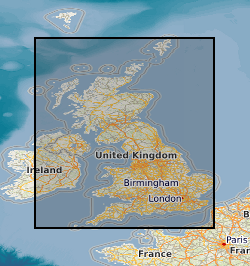
This dataset has now been superseded, please see the Measured Urban Soil Chemistry dataset. The BGS digital point source urban soil chemistry data (GB_PointSourceUrbanSoilPHE_v1) comprises the locations and concentrations (mg kg-1) of Arsenic (As), Cadmium (Cd), Chromium (Cr), Nickel (Ni) and Lead (Pb) in urban topsoil samples. The data is derived from the national, high resolution urban soil geochemical data from the BGS Geochemical Baseline Survey of the Environment (G-BASE) project. The information is relevant for the first stage of any assessment of risks to human health required by regulatory authorities in relation to land use and also for assessing ecological risk. Although point source PHE (Potentially Harmful Element) concentrations above respective SGVs (Soil Guideline Value) do not necessarily imply a significant health risk, they do highlight the need to consider whether or not there may be a risk. The urban soil chemistry data can be used to assist Local Planning Authorities to identify those areas where a risk assessment may need to be carried out by developers. Comparison of this spatially referenced geochemical data with information on current or historic land use and geological information might help environmental professionals decide whether high PHE concentrations in topsoils can be attributed to geogenic or anthropogenic sources. The point source data is based on an interpretation of the records in the possession of the BGS at the time the dataset was created.
-
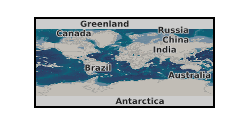
The CASSEM project developed new methodologies, workflows and insights essential for the successful identification and evaluation of safe and effective CO2 storage sites in offshore saline aquifers. The project selected on-shore and/or near-shore sites from which useful analogue data and information was obtained in order to characterise important aquifer and cap rock systems. Such onshore data acquisition enables key information to be gathered (through outcrop and/or borehole sampling) at much lower cost than could be achieved for long-term offshore storage options.
-
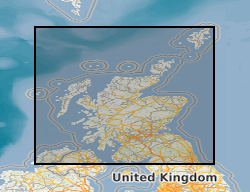
The BGS Estimated Ambient Background Soil Chemistry Scotland digital soil chemistry data indicates the estimated geometric mean topsoil concentrations (mg kg-1) of Arsenic (As), Cadmium (Cd), Chromium (Cr), Nickel (Ni) and Lead (Pb). The soil chemistry data is based on GBASE (Geochemical Baseline Survey of the Environment) stream sediment data converted to top soil equivalent potentially harmful element(PHE) concentrations. This dataset covers Scotland but data is available for the whole of Great Britain, with the exception of the London area where an inadequate number of geochemical samples are available at the moment.
-
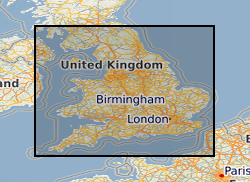
This dataset has now been superseded, please see the Estimated Ambient Background Soil Chemistry England and Wales dataset. This dataset indicates the estimated topsoil Arsenic(As), Cadmium (Cd), Cr (Chromium), Nickel (Ni) and Lead (Pb) concentrations (mg kg-1) derived by spatial interpolation of the point source urban soil PHE (potentially harmful elements) data. Urban soil geochemical data generally have large positive skewness coefficients so were transformed by taking natural logarithms. To overcome the bias associated with traditional measures of location (mean) and scale (standard deviation) for log-normal data, the inverse distance weighted (IDW) mean and standard deviation of log transformed element concentrations were used for mapping the spatial variation in As, Cd, Cr, Ni and Pb concentrations. The soil chemistry data is based on GBASE (Geochemical Baseline Survey of the Environment) soil geochemical data where these are available. Elsewhere the stream sediment data are converted to surface soil equivalent potentially harmful element(PHE) concentrations. This dataset covers England and Wales but data is available for the whole of Great Britain, with the exception of the London area where an inadequate number of geochemical samples are available at the moment.
-
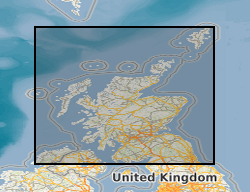
This dataset has now been superseded, please see the Estimated Ambient Background Soil Chemistry Scotland dataset. The BGS digital soil chemistry data indicates the estimated geometric mean concentrations (mg kg-1) of Arsenic (As), Cadmium (Cd), Chromium (Cr), Nickel (Ni) and Lead (Pb) in surface soil. The soil chemistry data is based on GBASE (Geochemical Baseline Survey of the Environment) soil geochemical data where these are available. Elsewhere the stream sediment data are converted to surface soil equivalent potentially harmful element(PHE) concentrations. This dataset covers Scotland but data is available for the whole of Great Britain, with the exception of the London area where an inadequate number of geochemical samples are available at the moment.
-
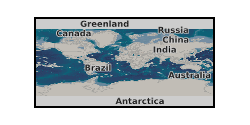
CO2GeoNet is the European scientific authority dealing with all aspects of geological storage of CO2, durably engaged in enabling the safe and efficient deployment of the CO2 Capture and Storage (CCS) technology in order to mitigate climate change and ocean acidification. www.co2geonet.com
-
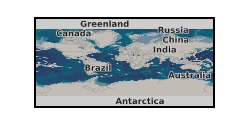
SCCS presentations, consultations, responses, briefings and communications on CCS and CO2 storage for the period 2010 - 2014
-
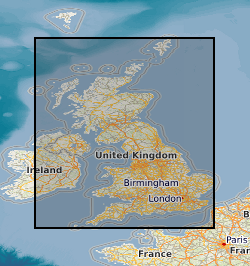
GeoScholar is a set of free geological data - available in GIS format - for UK universities and the higher education sector, to support teaching and learning within the geosciences. The dataset includes digital geological map data from BGS, aerial photos from Infoterra, NEXTmap digital terrain model from Intermap Technologies, borehole data and their corresponding logs, several BGS geological map sheets. Each Geoscholar teaching package will include 12 different geographical regions, including Assynt, Coniston and South West Wales.
-
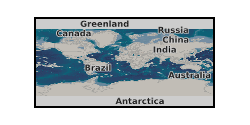
Contains 6 SCCS technical briefings, technical letters and technical journal responses - Working Paper 2010-04: Popular response to Economides, CO2 storage is feasible; Working Paper 2010-05: Formal response to Economides, CO2 storage is feasible; Working Paper 2010-07: Comment on Little and Jackson: Potential Impacts of Leakage from Deep CO2 Geosequestration on Overlying Freshwater Aquifers; Working Paper 2012-01: Comment by Stuart Haszeldine on Zoback and Gorelick; Working Paper 2014-01: Sleipner CO2 securely stored deep beneath seabed, in spite of unexpected Hugin fracture discovery; Working Paper 2015-02: Carbon Dioxide Transport Plans for Carbon Capture and Storage in the North Sea Region - A summary of existing studies and proposals applicable to the development of Projects of Common Interest.
 BGS Data Catalogue
BGS Data Catalogue